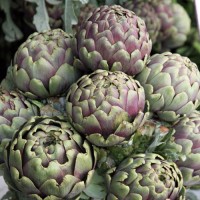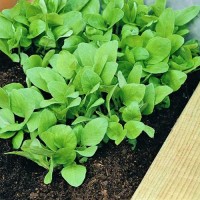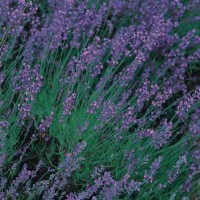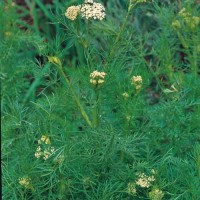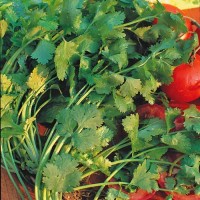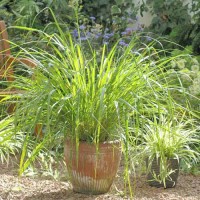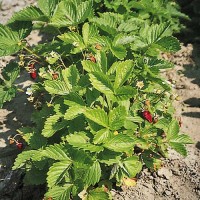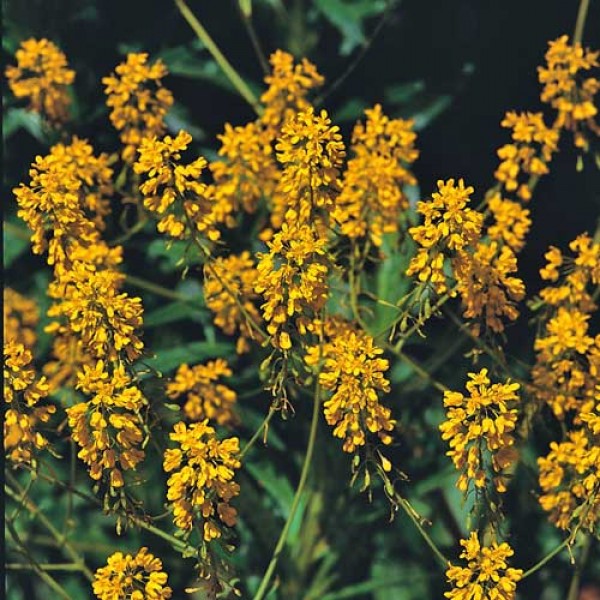
Chinese Woad Seeds
Info: Chinese Woad is an old dyeing and healing plant whose (fermented) leaf juice was used to obtain blue dye. Today, you can use the blue colour as a wood preservative, as it inhibits fungus and bacterial growth. This fashionable plant has a fresh wildflower appearance that can brighten any garden. As a biennial the seedlings develop rosettes that produce large taproots during the first year, and flowers and produces seed the second year. In ancient times, celtic warriors coloured their faces blue with the juice of the plant, to give them a frightening appearance, and the Egyptians colored their mummy bandages with woad.
As a medicinal plant woad was used both in Europe and in the TCM against flu, inflammations and ulcers. Recent medical research has also shown that woad might play an important role in cancer prevention.
Sowing & Cultivation: Sow in March / April, thinly spaced in shallow drills directly oudoors. Lightly cover with soil and water well. Woad seed has a germination inhibiting chemical that is water soluble. It is washed into the soil by rain. This allows the seed to remain dormant for long periods waiting the ideal moisture conditions for optimal growth. It also inhibits the growth of other plants that may compete with the woad. The plants like a sunny spot on alkaline soil. Plants self-sow freely when they are grown in a suitable position, though they tend not to thrive if grown in the same position for more than two years. To prevent woad from self seeding cut back all but one or two flower stalks and the remaining flowers will provide all the seeds you need for the next season.
| Botanical name | Isatis tinctoria |
| Content | 50 seeds |
| Sowing | from March/April outdoors |
| Location | sunny, free-draining soil |
| Germination temperature | 13-18°C |
| Germination | 7-14 days |
| Harvesting | blossom May to July |
| Lifespan | biennial |
| Height | 70-150 cm |
Manufacturer
Name: | Femundus GmbH |
Address: | Holzweg 16 67098 Bad Dürkheim Deutschland |


